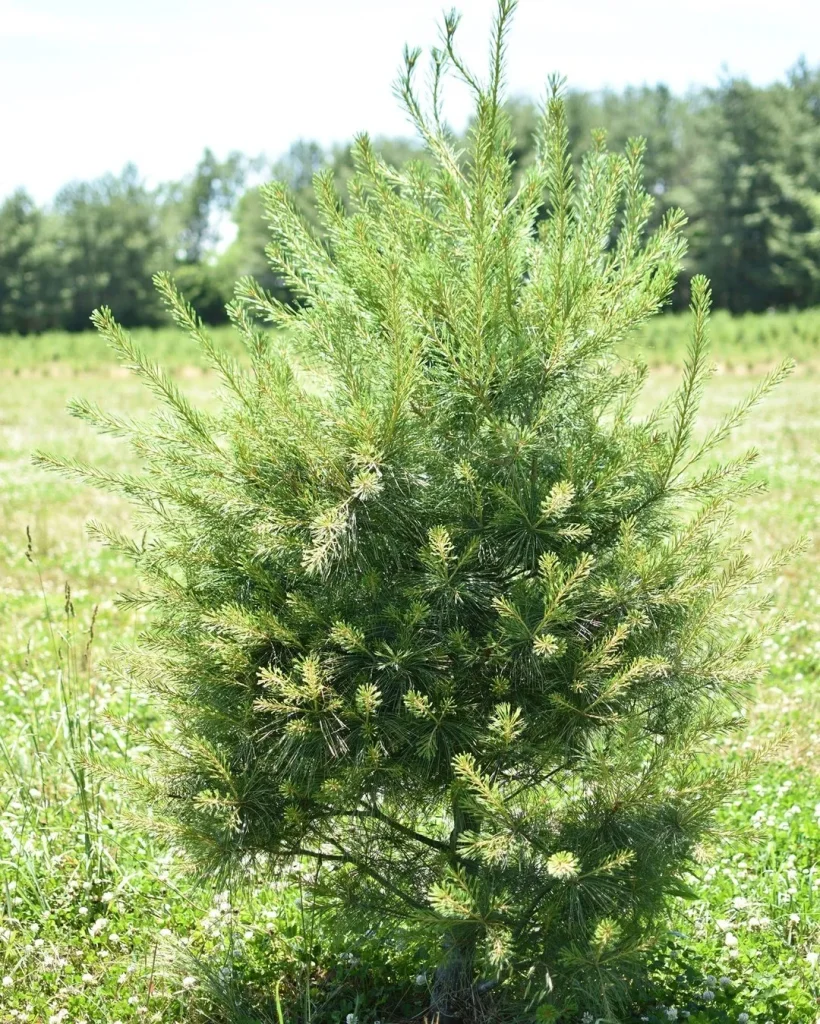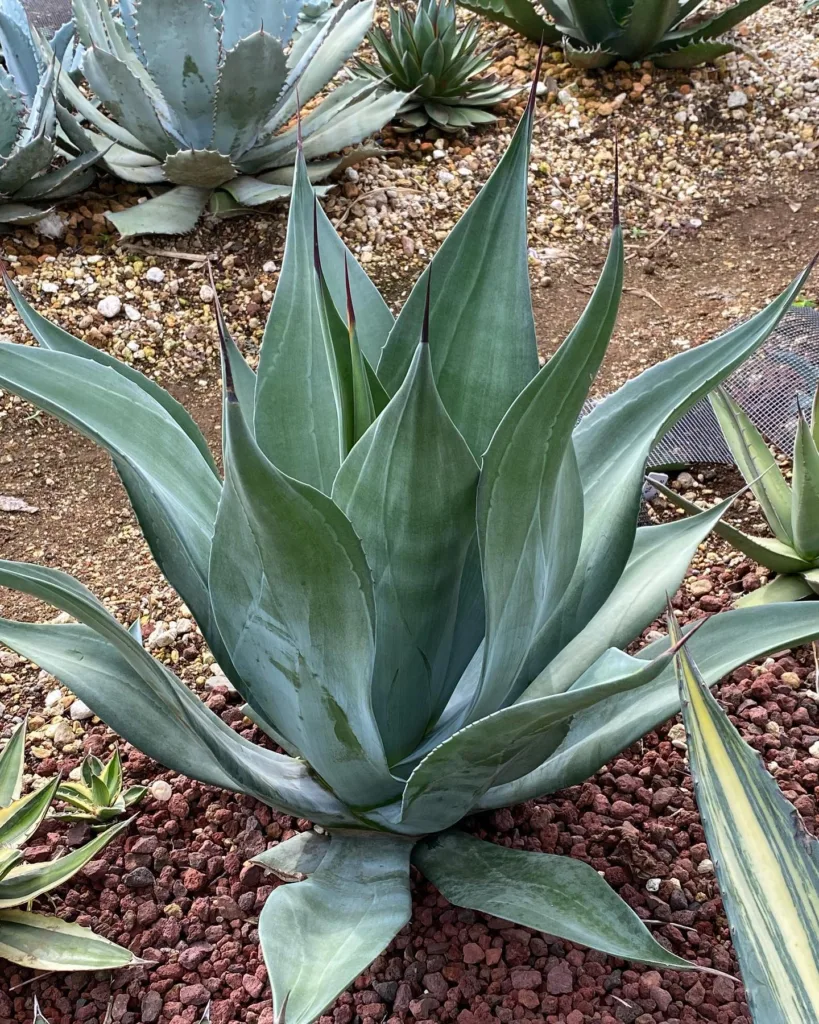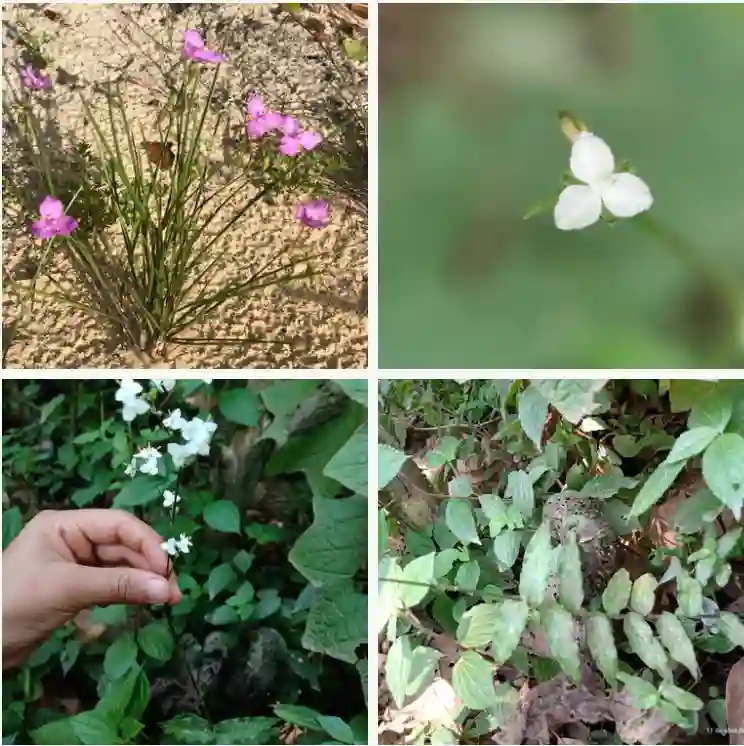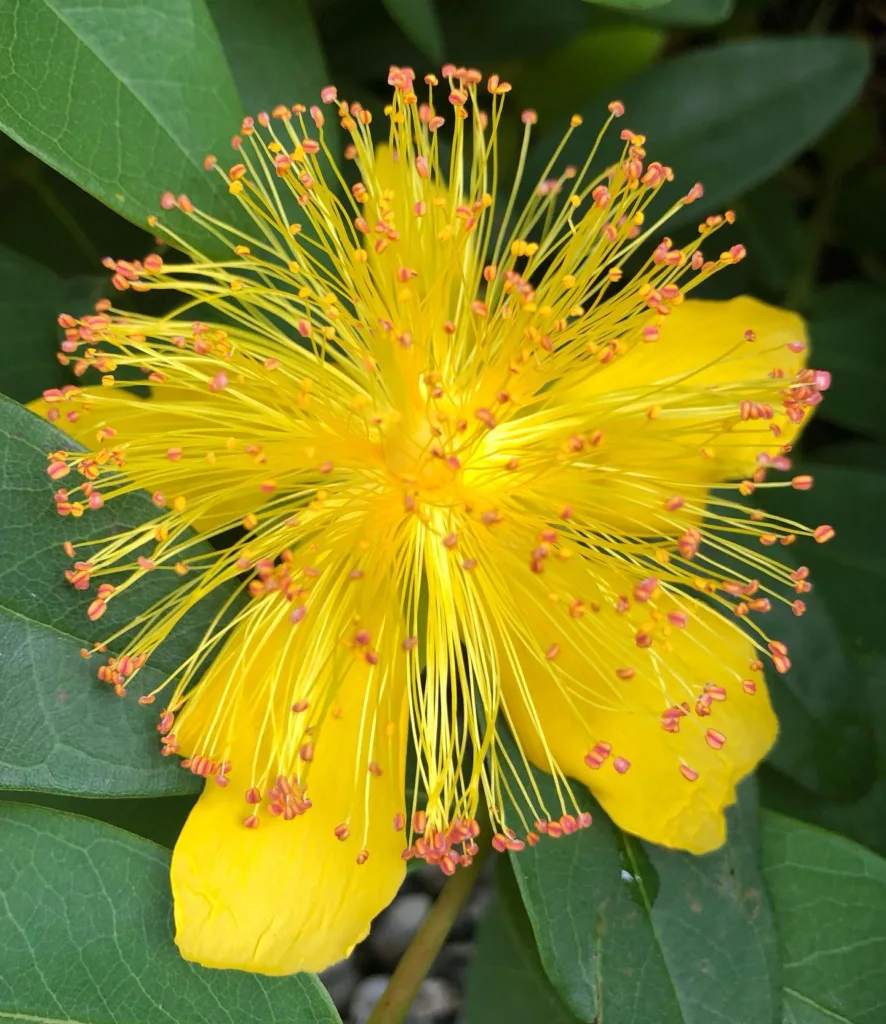FAQs About Nicotiana Glauca
Nicotiana Glauca, often known as Tree Tobacco or Grey Tobacco, is a fascinating plant with a lot to offer. From its history to its uses and potential hazards, there’s plenty to explore. In this article, I’ll dive into some of the most frequently asked questions about this unique plant.
105 Species in Genus Nicotiana
Can You Smoke Nicotiana Glauca?
You might be wondering if Nicotiana Glauca is suitable for smoking. While it’s part of the Nicotiana genus, which includes tobacco plants, Nicotiana Glauca is not typically used for smoking. This plant contains nicotine, but it’s not cultivated or processed for tobacco products like its more famous relatives, such as Nicotiana tabacum (common tobacco) and Nicotiana rustica (Aztec tobacco).
The leaves of Nicotiana Glauca have been used in traditional medicines and by some indigenous cultures, but smoking it is not common. The plant’s nicotine concentration is relatively low compared to commercial tobacco, and the plant’s primary use is more ornamental or as a form of herbal remedy rather than a smoking product.
How Much Nicotine Is in Nicotiana Glauca?
Nicotiana Glauca does contain nicotine, but the amount is significantly lower than that found in cultivated tobacco plants. Nicotine content in Nicotiana Glauca is estimated to be around 0.5% to 1% of its dry weight, which is lower than Nicotiana tabacum, where nicotine content can exceed 5%. This lower nicotine concentration makes Nicotiana Glauca less potent and less appealing for commercial tobacco use.
How Toxic Is Nicotiana Glauca?
Nicotiana Glauca is toxic if ingested or if its sap comes into contact with the skin. The plant contains nicotine and other alkaloids that can be harmful. Ingesting parts of the plant, such as the leaves or seeds, can cause symptoms of nicotine poisoning, which may include nausea, vomiting, increased heart rate, and dizziness.
For pets and small children, the toxicity can be more severe. It’s crucial to keep this plant away from areas where it could be accidentally ingested. Handling the plant should be done with gloves to avoid skin irritation, especially if you have sensitive skin.
How Was Nicotiana Glauca Introduced to California?
Nicotiana Glauca was introduced to California in the 19th century. The plant is native to South America, particularly in Argentina, Uruguay, and parts of Brazil. It was brought to California as part of the interest in exotic and ornamental plants during that period. Its adaptability to various climates and its striking appearance made it a popular choice for gardeners and landscape designers. Today, it is often found in gardens and as an ornamental plant in various parts of California.
How to Care for Nicotiana Glauca?
Caring for Nicotiana Glauca is relatively straightforward. It thrives in full sun to partial shade and prefers well-drained soil. This plant is quite resilient and can handle drought conditions once established, but it will benefit from regular watering during prolonged dry spells. Pruning may be necessary to maintain its shape and remove any dead or damaged foliage.
How to Propagate Nicotiana Glauca?
Propagating Nicotiana Glauca is typically done through seeds. Start by sowing the seeds in a seed tray or pot filled with seed-starting mix. Keep the soil moist but not waterlogged. Once the seedlings are large enough to handle, they can be transplanted into their final growing location. Alternatively, Nicotiana Glauca can be propagated through cuttings, but this method is less common.
What to Plant With Nicotiana Glauca?
Nicotiana Glauca pairs well with other drought-tolerant plants and those that thrive in similar conditions. Consider planting it alongside succulents, ornamental grasses, or other hardy perennials. Its unique foliage and height can provide a striking contrast in mixed plantings.
Can You Grow Nicotiana Glauca Indoors?
While Nicotiana Glauca is typically grown outdoors, it can be grown indoors if given adequate light and space. It requires a sunny spot or grow lights to mimic outdoor conditions. Indoor growth might be less vigorous than outdoor growth, but it can still be an interesting addition to your indoor plant collection.
Is Nicotiana Glauca Toxic?
As mentioned earlier, Nicotiana Glauca is toxic, especially if ingested. All parts of the plant contain nicotine and other alkaloids that can be harmful to humans and animals. It’s important to handle the plant with care and ensure that it is not accessible to pets or small children.
Benefits of Nicotiana Glauca
Nicotiana Glauca is primarily valued for its ornamental qualities. It features attractive, tubular flowers and grey-green foliage that can add interest to gardens and landscapes. Additionally, it can be used in herbal remedies, although caution is advised due to its toxicity.
Common Problems with Nicotiana Glauca
One common issue with Nicotiana Glauca is its susceptibility to pests such as aphids and spider mites. Regularly inspect the plant for signs of infestation and treat it with appropriate measures if needed. Additionally, overwatering can lead to root rot, so ensure proper drainage.
Comparing Nicotiana Glauca with Other Nicotiana Species
Compared to other Nicotiana species, Nicotiana Glauca is less commonly used for tobacco production. Nicotiana tabacum and Nicotiana rustica are more widely recognized for their higher nicotine content and commercial use in tobacco products. Nicotiana Glauca is more often used for its ornamental value rather than for its nicotine.
In conclusion, Nicotiana Glauca is an intriguing plant with a range of uses and characteristics. While it has some toxic properties, it can be a beautiful and interesting addition to gardens and indoor spaces if handled with care. Whether you’re growing it for its appearance or exploring its historical uses, it’s a plant with a rich background and a distinctive presence.
If i die, water my plants!



